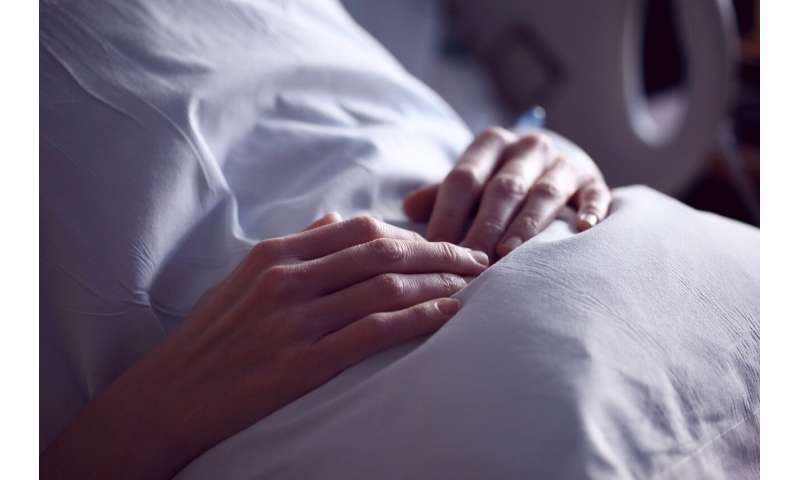A simple laboratory test can aid in early recognition of COVID-19 in patients

A rapid laboratory test, the eosinophil count, readily obtained from a routine complete blood cell count (CBC) can aid in the early recognition of COVID-19 in patients, as well as provide prognostic information, according to new research in The Journal of the American Osteopathic Association.
17 july 2020--Current testing, which relies on diagnosis of COVID-19 by nasopharyngeal swab PCR assay, remains unreliable due to variable turnaround time and a high false-negative rate.
"We found that the absence of eosinophils on presentation can aid in early diagnosis, and in general, a persistent low count correlated with a poor prognosis for the patient," said Muhammad M. Zaman, MD, an infectious disease specialist affiliated with Coney Island Hospital in Brooklyn. "Review of the eosinophil count can be a useful tool in deciding whether to promptly isolate someone and initiate specific therapies while waiting for confirmatory test results."
In the study, eosinopenia correlated with diagnosis of COVID-19, and its persistence correlated with high disease severity and low rates of recovery. Low eosinophil count, or eosinopenia, is defined as having < 100 cells/microliter. A healthy range is typically between 100-400 cells/microliter.
"The trend of the eosinophil count has been known to correlate with viral infections, but we did not know the correlation was so significant in the case of COVID-19," says Dr. Zaman.
Actionable clinical information
Coney Island Hospital, part of the New York City Health and Hospitals system, serves a diverse population in Brooklyn, New York. The site experienced a sharp incline in COVID-19 cases during March and April 2020, when the study data was collected.
Researchers compared the eosinophil results of routine CBC from the first 50 admitted COVID-19-positive patients with the eosinophil results of 50 patients with confirmed influenza infection at the time of presentation to the emergency department at Coney Island Hospital in Brooklyn.
Of the patients with COVID-19, 60% had zero eosinophils at presentation, compared to 16% of influenza patients. An additional 28% of COVID-19 patients had zero eosinophils within 48 hours of admission, thus a total of 88% had zero eosinophils during hospitalization.
"In COVID-19, a disease that has substantial symptom overlap with influenza, eosinopenia could help to distinguish which patients likely have COVID-19," said Dr. Zaman.
A total of 23 of the 50 patients in the COVID-19 group (46%) passed away. Eighteen out of 21 (86%) deceased patients in the COVID-19 group who initially presented with eosinopenia remained eosinopenic versus 13 out of 26 (50%) survivors who had eosinopenia on presentation.
"As you can see from the data, continued low counts of eosinophils trended with mortality rates," said Dr. Zaman. "Patients whose eosinophil count rose tended to have better disease outcomes."
Existing testing is challenging
The clinical diagnosis of COVID-19 is confirmed by laboratory testing with a reverse-transcription polymerase chain reaction (RT-PCR) assay, which remains a challenge due to limited test availability, variable turnaround time, and low sensitivity of RT-PCR. In many hospitals, test results may take days to return.
"If a patient comes in on the first day of symptom onset, typically day five after exposure, the false-negative rate is as high as 38%," says Dr. Zaman. "This means a high number of potentially infectious patients are being misinformed of their true diagnosis—and a simple blood test could dramatically lower that number and the subsequent spread of disease."
More information: Fahmina Tanni et al. Eosinopenia and COVID-19. The Journal of the American Osteopathic Association. Published Online First on July 16, 2020. doi:doi.org/10.7556/jaoa.2020.091
No comments:
Post a Comment